
deer hunting moon guide calendar
Discover how lunar cycles influence deer behavior with a Moon Guide Calendar. This essential tool helps hunters plan trips by aligning schedules with peak deer activity, leveraging moon phases for success.
By tracking moon phases, hunters can anticipate movement patterns, feeding times, and rutting behavior, maximizing their chances of a successful hunt. Expert insights and solunar theories enhance strategic planning.
Why the Moon Matters in Deer Hunting
The moon plays a significant role in deer hunting by influencing their behavior and activity patterns. Deer movement is often tied to lunar cycles, with specific phases triggering feeding, mating, and rest periods. Hunters who understand these connections can better predict deer activity, increasing their chances of success.
Research and expert theories, such as Charles Alsheimer’s rutting moon theory, suggest that moonlight affects deer movement and mating behavior. For instance, full moons can alter deer activity to nighttime, while new moons may increase daytime movement. Additionally, the moon’s position, such as being overhead or underfoot, can impact deer patterns. By aligning hunting strategies with these lunar influences, hunters can optimize their time in the field and improve their odds of encountering deer during peak activity periods.
Understanding the Basics of Moon Phases
The moon orbits the Earth in about 29.5 days, creating distinct phases that influence deer behavior. The cycle begins with the New Moon, where the moon is invisible, followed by the Waxing Crescent as it grows brighter. The First Quarter marks a 90-degree angle with the sun, and the Full Moon occurs when the entire face is illuminated; Afterward, the moon transitions to the Waning Gibbous, Last Quarter, and finally returns to the Waning Crescent before repeating.
Each phase impacts deer activity differently. For example, the Full Moon often shifts deer movement to nighttime, while the New Moon can increase daytime activity. Understanding these phases helps hunters align their strategies with deer behavior, optimizing hunting success.

How to Use a Moon Phase Calendar for Deer Hunting
Align your hunting schedule with peak deer activity by using a Moon Phase Calendar. Pinpoint exact dates for key phases and plan hunts based on expert insights and solunar theories to maximize success.
Key Moon Phases for Deer Activity
Understanding key moon phases is crucial for predicting deer activity. The new moon and full moon are particularly significant, as they often trigger heightened movement and feeding patterns. During the full moon, deer tend to be more active at night, while the new moon phase may see increased daytime movement. The waxing gibbous and waning crescent phases also play roles, as deer adjust their behavior to lunar illumination. Hunters should focus on periods when the moon is overhead or underfoot, as these times often coincide with peak activity. Additionally, the solunar calendar can help pinpoint exact days when deer are most active, based on lunar cycles and solar positioning. By aligning hunts with these phases, hunters can increase their chances of success. Expert strategies, like Charles Alsheimer’s Rutting Moon Theory, further emphasize the importance of lunar timing in deer behavior.
Plan your hunts around these phases to maximize your time in the field and capitalize on deer activity patterns influenced by the moon’s cycles.
Aligning Hunting Schedule with Moon Cycles
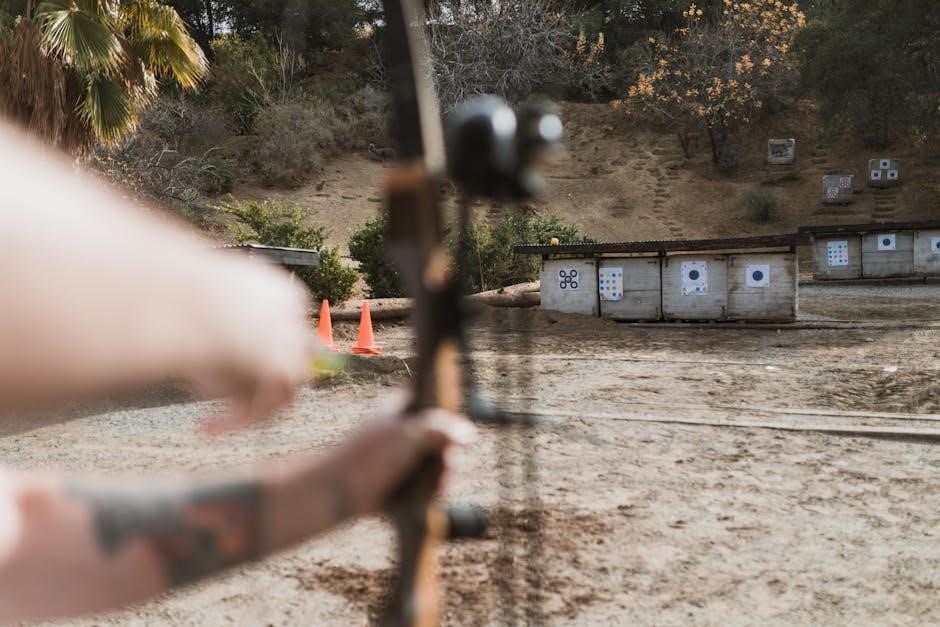
Aligning your hunting schedule with moon cycles can significantly enhance your success. Deer activity often peaks during specific lunar phases, such as the full moon and new moon, when they are most active. Hunters should plan their trips around these phases, focusing on times when deer are likely to be moving. For example, during the full moon, deer may be more active at night, making early morning and late evening hunts ideal. Conversely, the new moon phase often sees increased daytime movement, allowing hunters to capitalize on midday activity. Using a solunar calendar can help pinpoint exact days and times when deer are most active, based on lunar and solar positioning. By synchronizing your hunting schedule with these cycles, you can increase your chances of encountering deer during their peak activity periods, ultimately leading to a more productive and successful hunt.
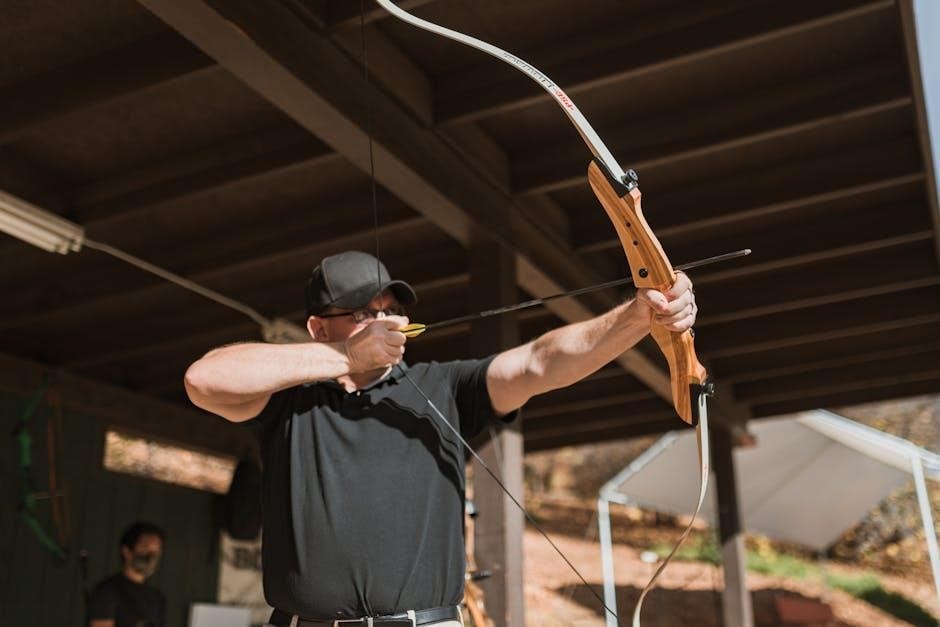
Best Moon Phases for Deer Hunting
The full moon and new moon phases are ideal for hunting, as deer activity peaks during these times. The waxing and waning phases also influence movement, especially near food sources.
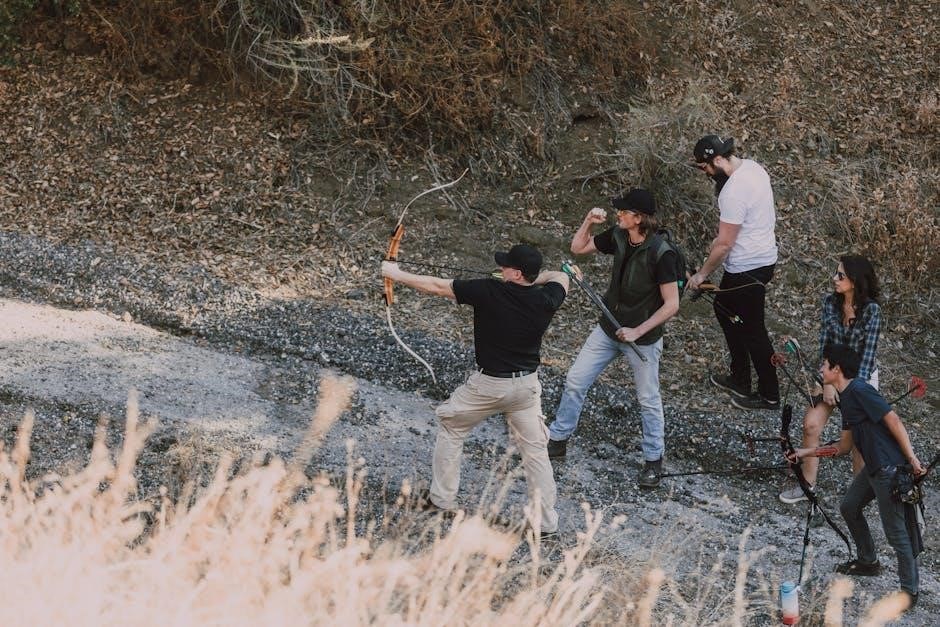
Hunting During the Full Moon
Hunting during the full moon can be highly effective, as deer tend to move more actively during this phase. The bright moonlight allows deer to forage and travel comfortably at night, making them less active during daylight hours. However, this increased nocturnal activity can lead to heightened movement near food sources, especially in the late afternoon and early evening. Hunters should focus on areas with abundant food, such as crop fields or mast-producing trees, as deer are likely to visit these spots under the cover of darkness. The full moon also coincides with peak rutting behavior in some regions, making it an ideal time to target mature bucks; By aligning hunting strategies with the full moon phase, hunters can capitalize on deer’s predictable patterns and increase their chances of success. This phase is particularly favored by experienced hunters for its reliability in triggering deer activity.
Strategies for the New Moon
The new moon phase presents unique opportunities for hunters, as the lack of moonlight forces deer to adjust their activity patterns. During this period, deer tend to move more during daylight hours, particularly around dawn and dusk, as they rely less on nocturnal foraging. Hunters should focus on areas with dense cover and food sources, as deer may feel more secure moving in these locations without the brightness of the moon. The new moon also creates excellent conditions for ambush hunting, as deer are more likely to follow predictable paths. Additionally, the reduced light can make deer more cautious, so hunters must remain patient and vigilant. By understanding and adapting to the new moon’s influence, hunters can effectively target deer during their most active daylight periods, increasing their chances of a successful harvest. This phase is ideal for those who prefer morning and evening hunts.
Waxing and Waning Moon Impacts
The waxing and waning moon phases significantly influence deer behavior, offering hunters strategic advantages. During the waxing gibbous phase, as the moon brightens, deer tend to move more actively in the late afternoons and early evenings, drawn to food sources. This period is ideal for setting up near feeding areas. Conversely, the waning moon, particularly after the full moon, often sees deer moving more during the early morning hours. Hunters should focus on stand locations near bedding areas during this time. The solunar theory suggests that deer activity peaks when the moon is overhead or underfoot, making these periods optimal for hunting. By aligning their strategies with these lunar transitions, hunters can better anticipate and capitalize on deer movement patterns, increasing their chances of success in the field.
Deer Behavior and Moon Influence
The moon’s phases significantly impact deer activity, with brighter moons increasing nighttime movement and darker phases encouraging daytime feeding. Understanding these patterns helps hunters align strategies with deer behavior effectively.
How Moonlight Affects Deer Movement
Moonlight plays a crucial role in deer movement patterns. During full moons, deer tend to be more active at night, reducing their daytime movement. This is because bright moonlight provides visibility, allowing them to forage and travel safely under cover of darkness. Conversely, during new moons or darker phases, deer often shift their activity to dawn and dusk, making them more visible to hunters during these crepuscular periods. The Solunar theory further suggests that specific moon phases, such as when the moon is overhead or underfoot, can trigger peak activity times. Hunters can use this knowledge to plan their strategies, focusing on nighttime hunts during full moons and early morning or late afternoon hunts during darker phases. Understanding these lunar influences can significantly enhance hunting success by aligning efforts with deer behavior patterns.
Moon Phase Impact on Rutting Behavior
The moon’s phases significantly influence whitetail deer rutting behavior, with research showing that lunar cycles can trigger and synchronize breeding activities. According to Charles Alsheimer’s Rutting Moon Theory, the full moon in mid-October often signals the start of the rut, with does coming into estrus around this time. However, in years where the “hunter’s moon” falls in mid-November, the rut can be delayed, creating a “trickle rut” where does enter estrus in waves. This theory suggests that the timing of the rut can vary by up to a week depending on lunar cycles. During full moons, bucks tend to be more active at night, making them less visible to hunters during daylight hours. Understanding these lunar influences helps hunters predict peak rutting activity and plan their hunting trips accordingly, maximizing opportunities to encounter mature bucks.
Feeding Patterns and Moon Cycles
Deer feeding patterns are closely tied to moon cycles, with lunar phases influencing when and where deer forage. During the full moon, deer tend to feed more actively at night, reducing their daytime movement. This makes them less visible to hunters during daylight hours. Conversely, during the new moon, when nighttime illumination is minimal, deer may adjust their feeding times to earlier in the afternoon or late evening. Hunters can use this knowledge to plan their strategies, focusing on food sources during peak feeding times. For example, during the waxing gibbous phase, deer often feed heavily in the afternoons, making these periods ideal for hunting near agricultural fields or food plots. Understanding these lunar-driven feeding patterns can help hunters anticipate deer behavior and increase their chances of success in the field.
Regional Variations in Moon Phase Hunting
Geography and time zones significantly impact moon phase hunting strategies. Hunters in North America and Europe must adjust schedules to align with local lunar cycles for optimal results.
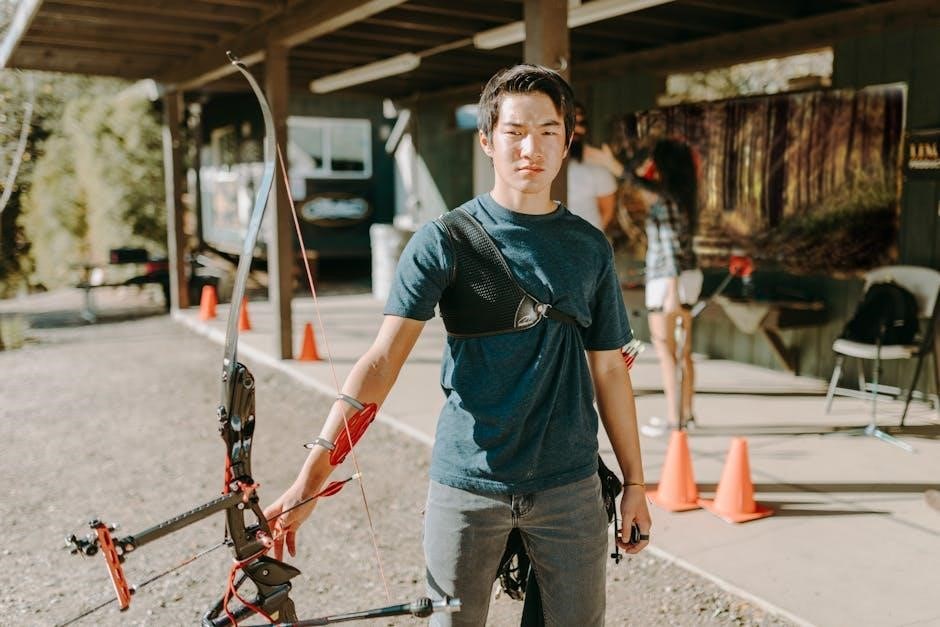
North American Deer Hunting Calendar
The North American deer hunting calendar is deeply influenced by lunar cycles, with peak activity often aligning with specific moon phases. Hunters across the continent use moon phase calendars to plan their trips, focusing on periods when deer movement is most predictable.
In 2025, key hunting periods include mid-October to mid-November, when the “hunter’s moon” and “rutting moon” phases trigger increased deer activity. The full moon in early November is particularly significant, as it coincides with the peak rutting season, making it a prime time for hunting.
Hunters should also consider regional variations, as lunar effects can differ slightly across time zones. For example, the Midwest and Northeast often see heightened activity during the waxing gibbous phase, while Southern regions may experience peak movement during the new moon.
By aligning their schedules with these lunar patterns, hunters can maximize their chances of success during the 2025 season.
European Deer Hunting by Moon Phases

European deer hunting is significantly influenced by moon phases, with hunters closely monitoring lunar cycles to predict deer activity. The “hunter’s moon” in October and the “rutting moon” in November are particularly crucial, as they coincide with the peak breeding season for many deer species.
Research indicates that during these phases, deer exhibit increased movement, especially during twilight hours. Hunters in regions like Germany and France often plan their trips around the full moon, as it enhances visibility and deer activity. Additionally, the new moon phase is favored for its low light, which can make deer more active during daylight hours.
Experts like Charles Alsheimer suggest that lunar cycles not only affect movement but also rutting behavior, with bucks becoming more aggressive during specific moon phases. This knowledge helps European hunters strategize effectively, ensuring a successful hunting season.
Adjusting for Time Zones and Hemispheres
Hunters must account for time zones and hemispheres when using a moon phase calendar, as lunar cycles remain consistent globally but local times vary. For example, a full moon in North America may occur at different local times in Europe or Australia.
In the Northern Hemisphere, deer hunting seasons align with autumn moon phases, while the Southern Hemisphere experiences spring, affecting deer behavior differently. Hunters should consult regional moon phase data to ensure accuracy. Technology, such as apps, helps adjust for time zones, providing precise lunar timing for any location.
Understanding these adjustments ensures hunters align their strategies with local deer activity, maximizing their chances of success. Whether hunting in North America or Europe, adapting to lunar cycles based on geographic location is key to effective planning.

Expert Insights and Predictions
Charles Alsheimer’s rutting moon theory, Adam Hayes’ red moon strategy, and Dr. Bronson Strickland’s research provide valuable insights into how lunar cycles influence deer behavior, aiding hunters in planning successful outings.
Charles Alsheimer’s Rutting Moon Theory
Charles Alsheimer, a renowned expert in whitetail deer behavior, developed the Rutting Moon Theory, which links the timing of the deer rut to the first full moon after the autumnal equinox. His research suggests that this “rutting moon” triggers the start of the breeding season, with does coming into estrus around this lunar event. Alsheimer observed that deer activity peaks during the morning and late afternoon, aligning with the moon’s overhead and underfoot positions. Hunters can use this theory to predict when bucks will be most active, increasing their chances of success. By aligning hunting schedules with the rutting moon, hunters can capitalize on heightened deer movement and breeding behavior, making this theory a valuable tool for planning effective hunting strategies.
Adam Hayes’ Red Moon Strategy
Adam Hayes’ Red Moon Strategy focuses on the alignment of the moon’s position with prime hunting times, particularly during the early morning and late evening. This approach, rooted in the Solunar theory, suggests that deer movement is influenced by the moon’s overhead and underfoot positions. Hayes emphasizes that the “red moon” concept—where the moon is at its closest point to Earth (Perigee) and fully illuminated—can trigger heightened deer activity. Hunters are advised to plan their outings around these lunar events, as they often coincide with peak movement periods. By combining this strategy with weather patterns and other moon phase insights, hunters can optimize their chances of success. Hayes’ approach has gained popularity for its practicality and alignment with observable deer behavior, making it a valuable tool for those seeking to maximize their hunting effectiveness.
Dr. Bronson Strickland’s Research on Moon Influence
Dr. Bronson Strickland, a renowned wildlife biologist, has conducted extensive research on the relationship between moon phases and deer behavior. His studies suggest that while many hunters believe in the moon’s influence, the data shows no significant correlation between lunar cycles and deer movement patterns. Strickland’s work focuses on how factors like food availability, weather, and habitat play a more critical role in determining deer activity; He emphasizes that deer are primarily crepuscular, meaning they are most active during dawn and dusk, regardless of moon phase. While some hunters swear by lunar-based strategies, Strickland’s research indicates that deer behavior remains consistent and predictable based on these natural patterns. His findings encourage hunters to focus on environmental factors rather than relying solely on moon phase calendars for success.
Practical Tips for Moon-Based Hunting
Use solunar calendars for precise planning, combine moon phases with weather patterns, and leverage technology like apps to enhance hunting success and align strategies with deer activity effectively.
Using Solunar Calendars for Success
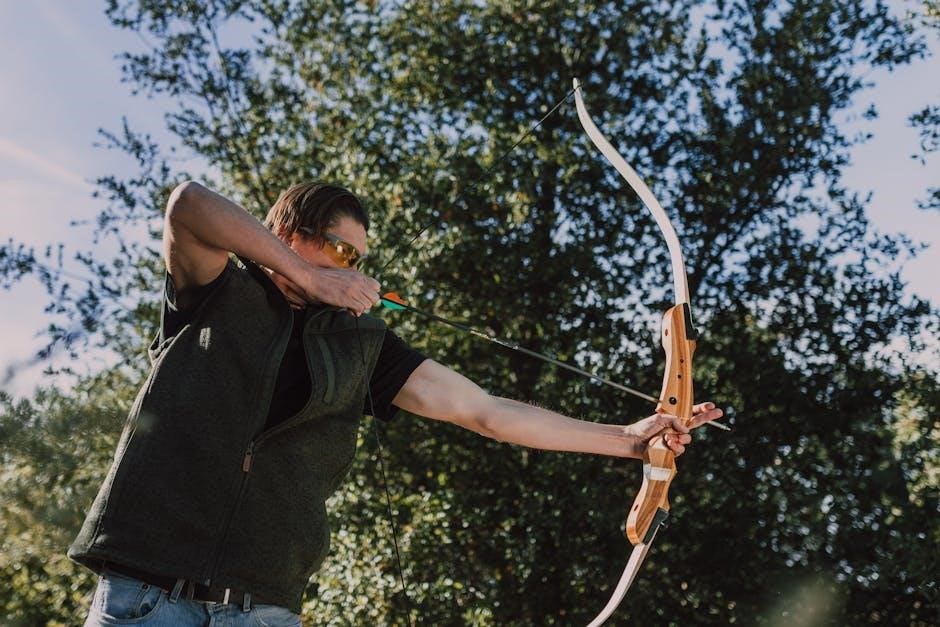
Solunar calendars are powerful tools for hunters, predicting optimal hunting times based on moon and sun positions. These calendars, rooted in John Alden Knight’s solunar theory, identify peak activity periods when deer are most active. By aligning hunts with these times, hunters can increase their chances of success. The theory suggests that deer movement is influenced by the moon’s gravitational pull, with key activity during moonrise and moonset. Hunters can access solunar data through apps or websites like solunarforecast.com, which provide detailed forecasts. Planning trips around these peak times, especially during the rut or feeding phases, can significantly enhance results. Additionally, combining solunar insights with weather patterns and moon phases creates a comprehensive strategy. Many hunters swear by these calendars, citing improved success rates when following their predictions. Whether you’re a seasoned hunter or a novice, solunar calendars offer a scientific edge in the field.
Combining Moon Phases with Weather Patterns
Maximizing hunting success often requires combining moon phases with weather patterns. Deer activity is influenced by both lunar cycles and environmental conditions, making their behavior more predictable when these factors align. For instance, a full moon paired with overcast skies can extend daytime activity into nighttime, offering unique hunting opportunities. Conversely, cold fronts and strong winds can suppress movement, regardless of moon phase. Hunters should monitor temperature fluctuations, wind direction, and precipitation alongside lunar data. During the rut, warm days with light winds often see increased buck activity, especially during peak moon phases. By integrating weather forecasts with solunar calendars, hunters can identify prime hunting windows. This dual approach enhances strategy, helping hunters adapt to changing conditions and capitalize on deer behavior. Effective planning considers both celestial and terrestrial factors, ensuring a higher likelihood of success in the field.
Technology and Apps for Moon-Based Hunting
Modern technology has revolutionized moon-based hunting strategies through innovative apps and tools. Apps like MoonGuide and SolunarForecast provide detailed lunar phase calendars, solunar tables, and weather integration, helping hunters pinpoint optimal hunting times. These platforms often include GPS capabilities, property maps, and deer activity predictions based on moon cycles. Hunters can track moon phases, sunrise/sunset times, and solunar peaks to plan their trips effectively. Some apps, such as DeerLab, incorporate research from experts like Dr. Bronson Strickland, offering insights into deer behavior and lunar influences. By leveraging these tools, hunters can align their strategies with both celestial and environmental factors, enhancing their chances of success. Technology not only simplifies planning but also empowers hunters with data-driven decisions, making moon-based hunting more precise and efficient than ever before.
Aligning your hunting schedule with lunar cycles and expert insights maximizes success. Utilize solunar calendars and moon phase strategies to increase your chances of a fruitful deer hunting experience.
Maximizing Hunting Success with Moon Guidance

Understanding and applying lunar influence is key to maximizing deer hunting success. By aligning hunts with peak activity periods, hunters can increase their chances of encountering deer. Moon phase calendars help identify optimal times, such as during the full moon or new moon, when deer are most active. Planning hunts around these phases ensures you’re in the field when deer are on the move.
Combine moon guidance with weather patterns and habitat knowledge for a strategic approach. Using solunar calendars and expert theories, like Charles Alsheimer’s rutting moon theory, provides deeper insights. Technology, such as apps and moon tracking tools, further enhances planning. By integrating these elements, hunters can make informed decisions, leading to more successful outings and memorable experiences in the field.

